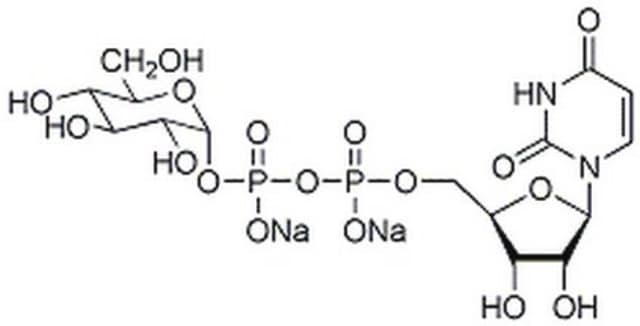774405
(S)-2-Aminobutane-1,4-dithiol hydrochloride
99% (titration)
Synonyme(s) :
(S)-2-Aminobutane-1,4-dithiol hydrochloride, (2S)-2-Amino-1,4-dimercaptobutane hydrochloride, DTBA, Dithiobutylamine
Sélectionner une taille de conditionnement
Sélectionner une taille de conditionnement
About This Item
Produits recommandés
Essai
99% (titration)
Forme
solid
Pertinence de la réaction
reagent type: reductant
Pf
210-225 °C
Température de stockage
2-8°C
Chaîne SMILES
Cl.N[C@H](CS)CCS
InChI
1S/C4H11NS2.ClH/c5-4(3-7)1-2-6;/h4,6-7H,1-3,5H2;1H/t4-;/m0./s1
Clé InChI
HWWPXJZINVJNBM-WCCKRBBISA-N
Catégories apparentées
Application
Mention d'avertissement
Warning
Mentions de danger
Conseils de prudence
Classification des risques
Acute Tox. 4 Oral - Eye Irrit. 2 - Skin Irrit. 2 - STOT SE 3
Organes cibles
Respiratory system
Code de la classe de stockage
11 - Combustible Solids
Classe de danger pour l'eau (WGK)
WGK 3
Point d'éclair (°F)
Not applicable
Point d'éclair (°C)
Not applicable
Faites votre choix parmi les versions les plus récentes :
Déjà en possession de ce produit ?
Retrouvez la documentation relative aux produits que vous avez récemment achetés dans la Bibliothèque de documents.
Les clients ont également consulté
Contenu apparenté
Raines lab innovations include traceless Staudinger ligation and DTBA reagent, advancing chemical biology research with Sigma-Aldrich.
Filtres actifs
Notre équipe de scientifiques dispose d'une expérience dans tous les secteurs de la recherche, notamment en sciences de la vie, science des matériaux, synthèse chimique, chromatographie, analyse et dans de nombreux autres domaines..
Contacter notre Service technique












